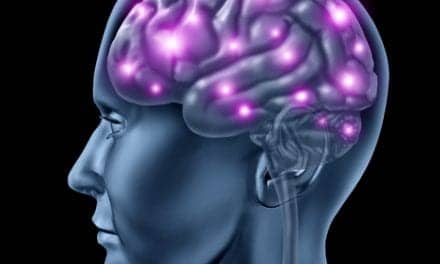Aerobic exercise can help alleviate excessive daytime sleepiness among depressed individuals, researchers with UT Southwestern Medical Center’s Center for Depression Research and Clinical Care have found.
Researchers looking at blood samples identified two biological markers for hypersomnia, which is characterized by sleeping too much at night as well as excessive daytime sleepiness, in those with major depressive disorder. Exercise reduced the levels of the two biomarker proteins, resulting in reduced excessive sleepiness, the researchers found.
“Hypersomnia, as well as insomnia, have been linked in the development, treatment, and recurrence of depression. Sleep disturbances are also some of the most persistent symptoms in depression. Identifying these biomarkers, combined with new understanding of the important role of exercise in reducing hypersomnia, have potential implications in the treatment of major depressive disorder,” says senior author Madhukar Trivedi, MD, director of UT Southwestern’s Center for Depression Research and Clinical Care, and chief of the Mood Disorders Division of Psychiatry at UT Southwestern, in a release.
People with hypersomnia are compelled to nap repeatedly during the day, often at inappropriate times such as at work, during a meal, or in conversation. They often have difficulty waking from a long sleep, and may feel disoriented upon waking, according to the National Institute of Neurological Disorders and Stroke, part of the National Institutes of Health. Other symptoms may include anxiety, increased irritation, decreased energy, restlessness, slow thinking, slow speech, loss of appetite, hallucinations, and memory difficulty. Some patients lose the ability to function in family, social, occupational, or other settings.
Researchers had previously found a negative loop in which sleep, inflammation, and depression interact and progressively worsen. The results of the current and previous research on insomnia suggest that exercise may be resetting this negative feedback loop, says Trivedi, who holds the Betty Jo Hay Distinguished Chair in Mental Health, and received the 2015 American Psychiatric Association Award for Research, the Association’s most significant award for research.
The researchers were able to identify the biomarkers based on blood samples provided by participants in the Treatment with Exercise Augmentation for Depression (TREAD) study, who were randomly assigned to two types of aerobic exercise to determine the effects of exercise on their depression. More than 100 subjects ages 18 to 70 who had major depression disorder participated, and as part of the study had also agreed to provide blood samples.
In this study, researchers examined 4 biomarkers brain-derived neurotrophic factor (BDNF) and inflammatory cytokines called tumor necrosis factor alpha, and two interleukins, IL-1? and IL-6, from blood samples collected before and after the 12-week exercise intervention.
Researchers found that reductions in two biomarkers, BDNF and IL-1?, are related to reductions in hypersomnia. “Identification of biomarkers that uniquely predict or correlate with improvements in hypersomnia and insomnia is an important step toward more effective treatment of MDD,” says lead author Chad Rethorst, PhD, assistant professor of psychiatry with the Center for Depression Research and Clinical Care.
Previous analysis of the TREAD data demonstrated significant reductions in insomnia symptoms with exercise, but the two biomarkers identified above did not correlate to changes in insomnia, Rethorst says. They did find, however, that lower baseline levels of IL-1? were predictive of greater improvements in insomnia. The findings suggest distinct mechanisms are involved in insomnia versus hypersomnia, and that further research will be needed to identify the appropriate biomarkers for insomnia.
The research appears in Translational Psychiatry, a Nature Publication Group journal.





